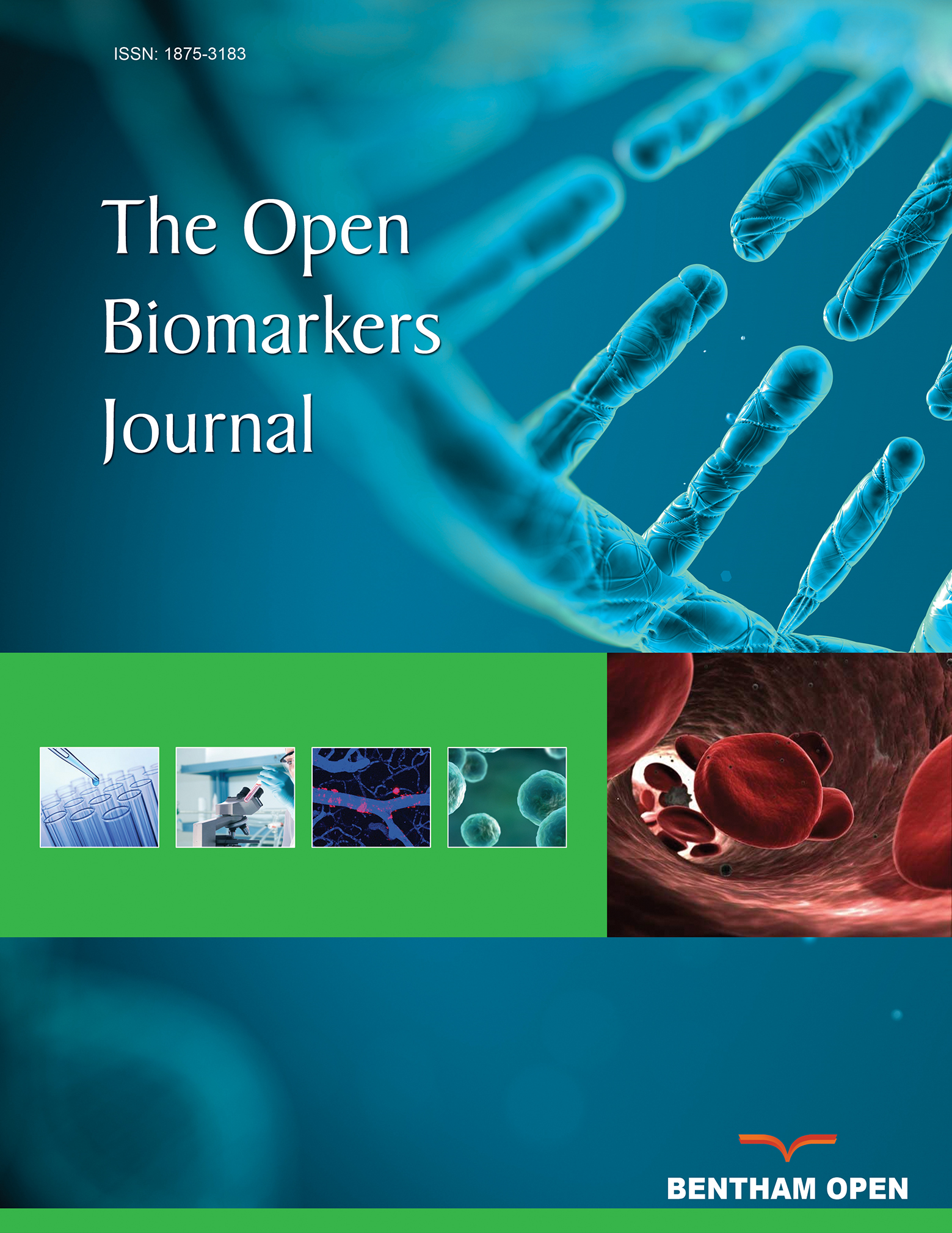All published articles of this journal are available on ScienceDirect.
Validation of a Predictive Model of Pre-eclampsia from a Cohort Study in Pregnant Women
Abstract
Background & Aims:
To validate a predictive model of pre-eclampsia for classifying pregnant women into pre-eclamptic and healthy groups.
Materials and Methods:
A cohort study was carried out in a total of 132 pregnant women, including biochemical and clinical parameters for assessing the classification performed by a predictive model of pre-eclampsia from a 10-fold cross-validation method and the experts’ criteria.
Results:
A highly predictive value was obtained from the set of biochemical parameters included in the proposed model. Wilks’ Lambda, eigenvalues, canonical correlation, and distances between centroids of the groups point to the high classificatory power of the discriminant function. Risk indexes, computed from the centroids, provided a measure of different risk levels for this condition. The analysis of these indexes in a prospective study allowed assessing the effect of the parameters. The new ten models obtained from a 10-fold cross-validation achieved a 100% of correct classification (AUC:1.00; CI:0.00-1.00; p=0.00). The sensitivity and specificity of the model, obtained from ROC curves, showed the consistency of the model, even though there were only four clinical manifestations of the entity. Moreover, the risk indexes were assessed from the experts’ criteria in the cohort study, showing an AUC of 100% in the 3rd trimester of pregnancy.
Conclusions:
The model and proposed pre-eclampsia risk indexes could constitute an accurate diagnostic tool, employing markers of oxidative stress as a significant element in the prediction of this entity.


